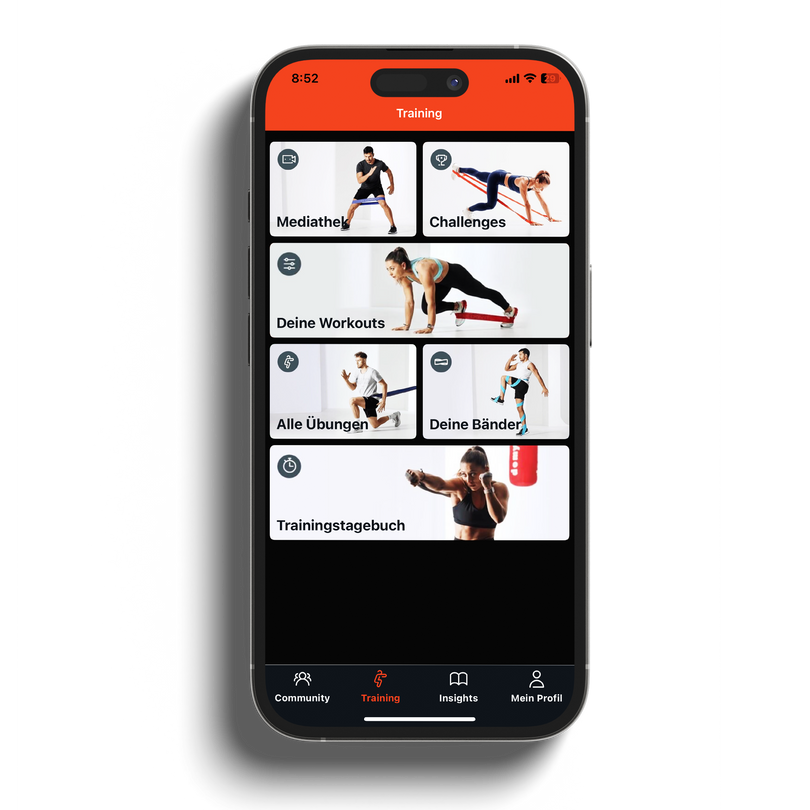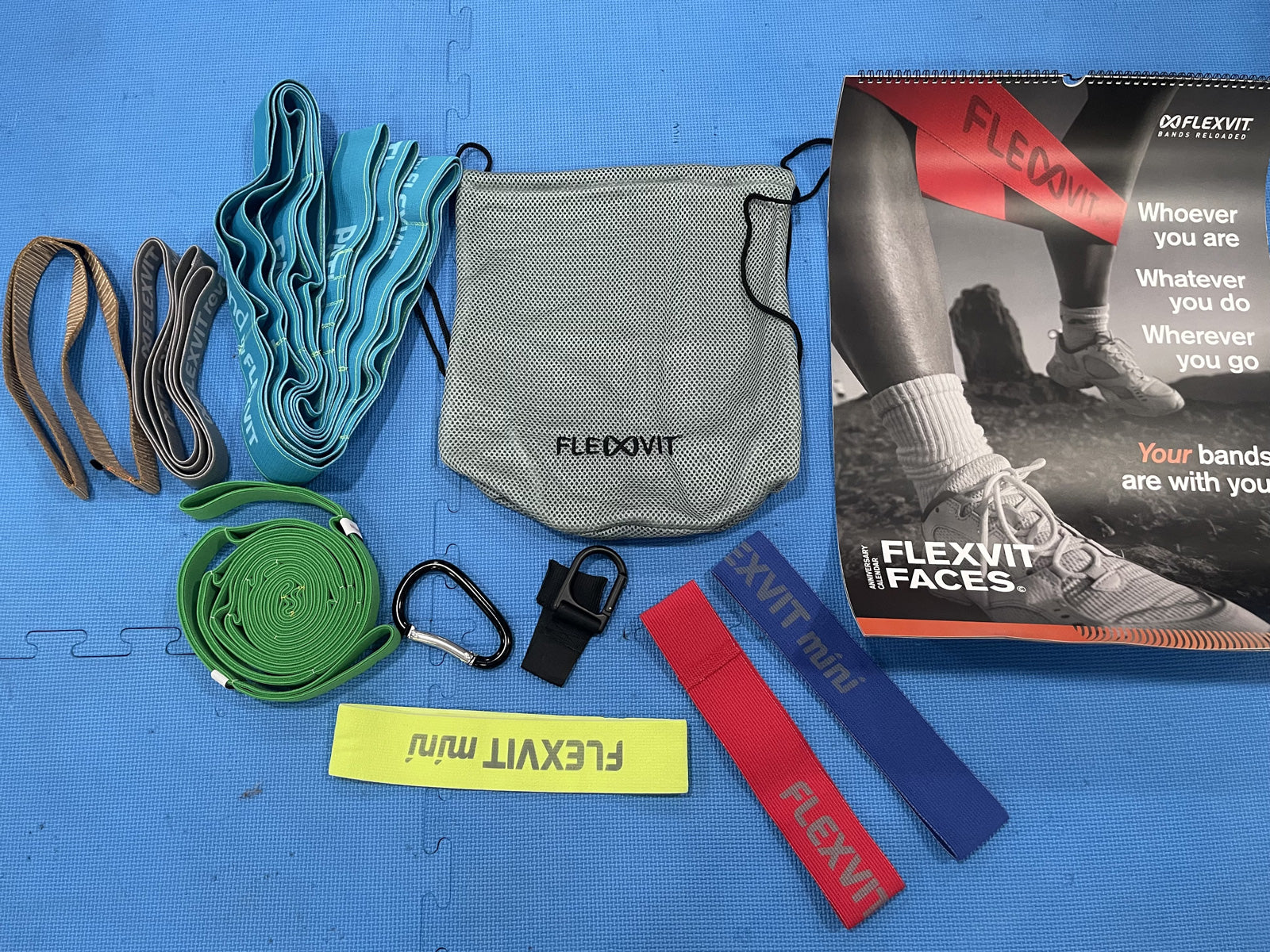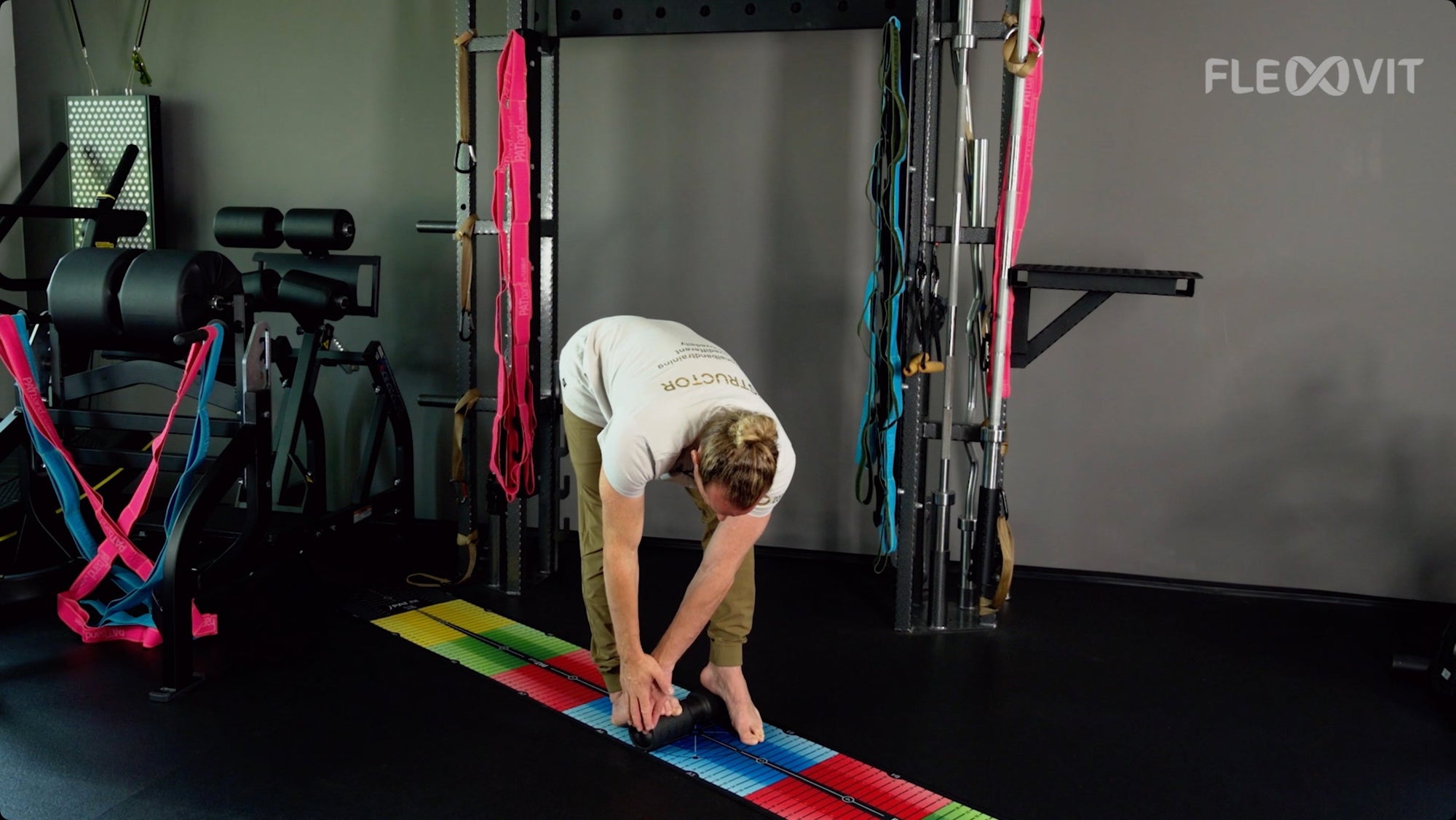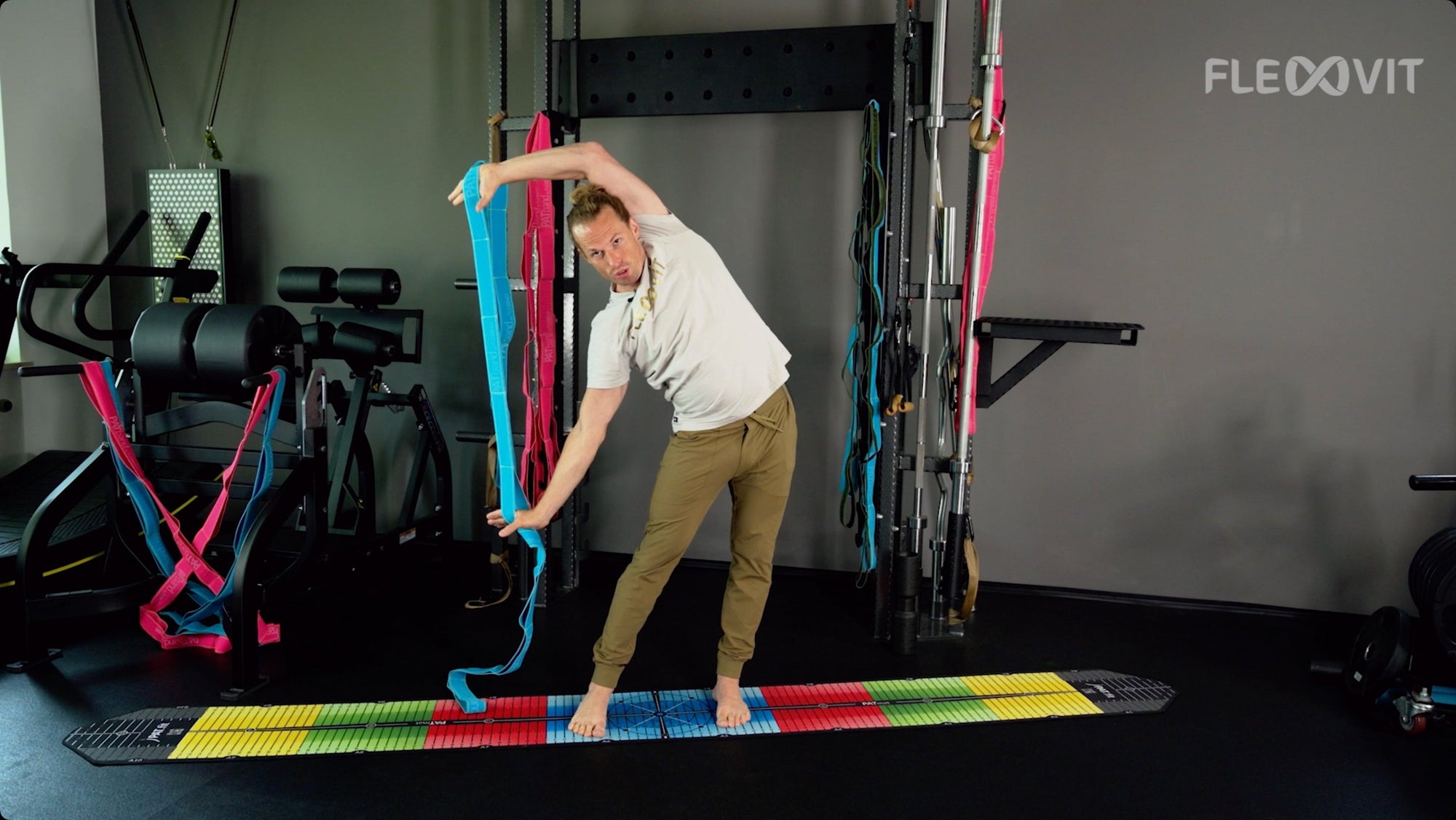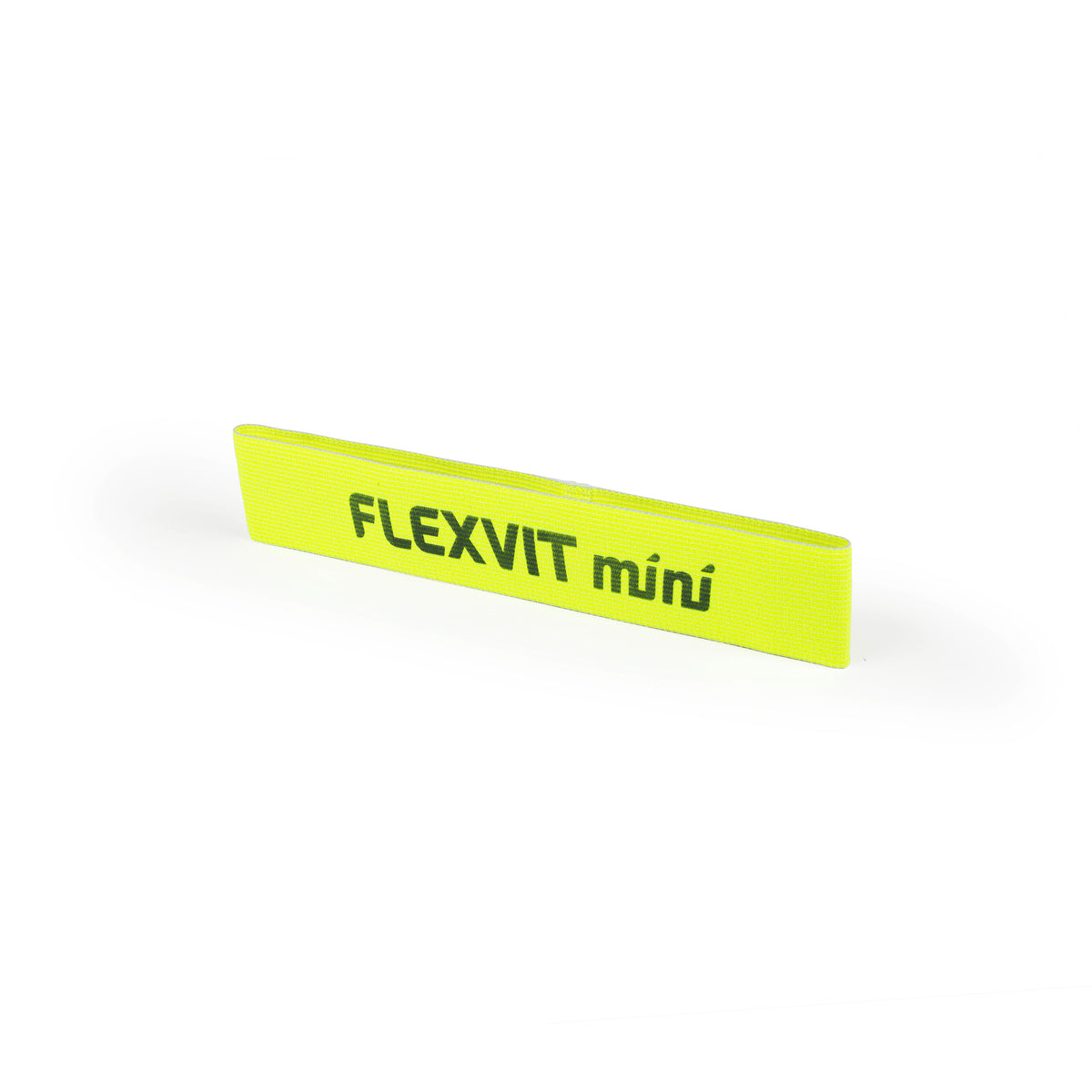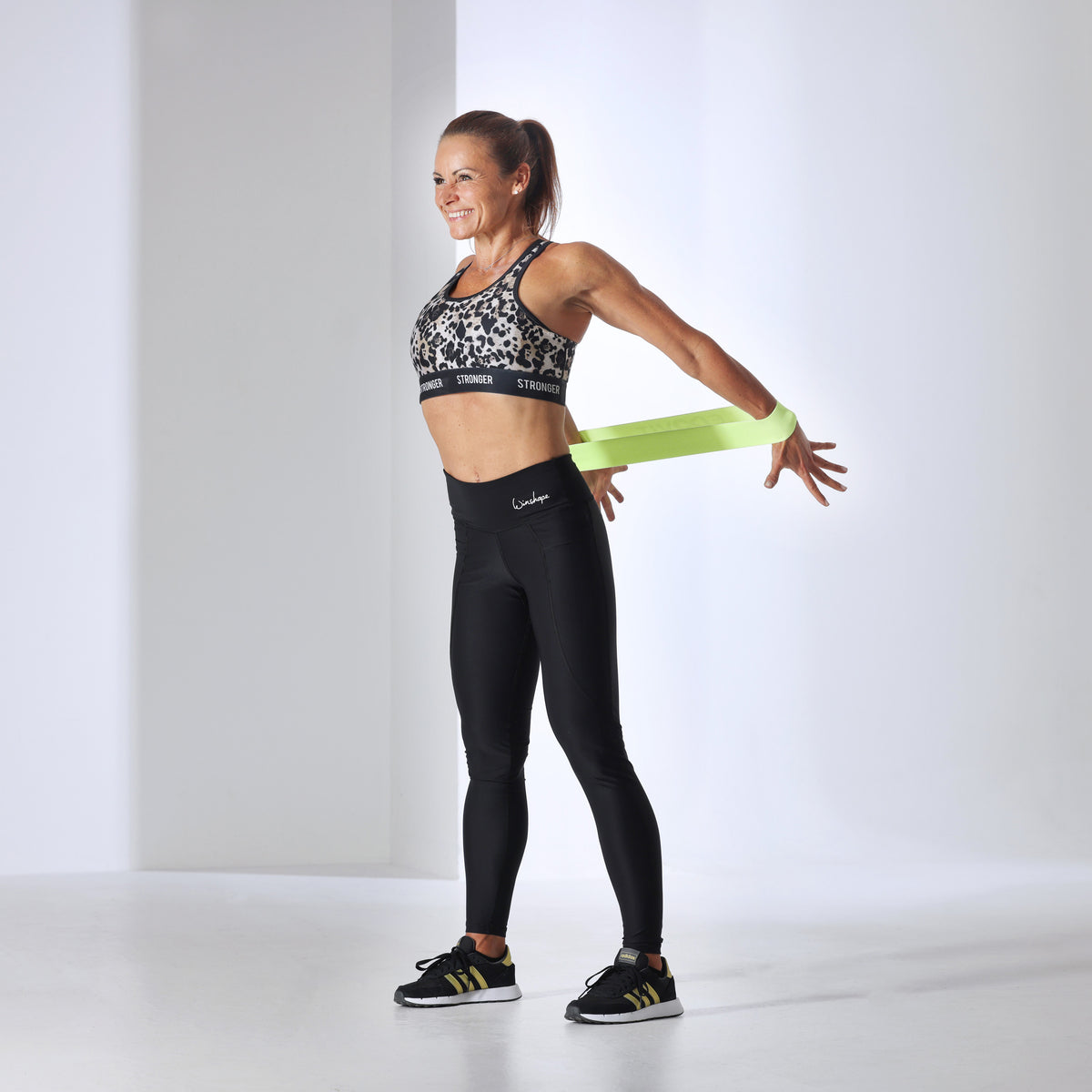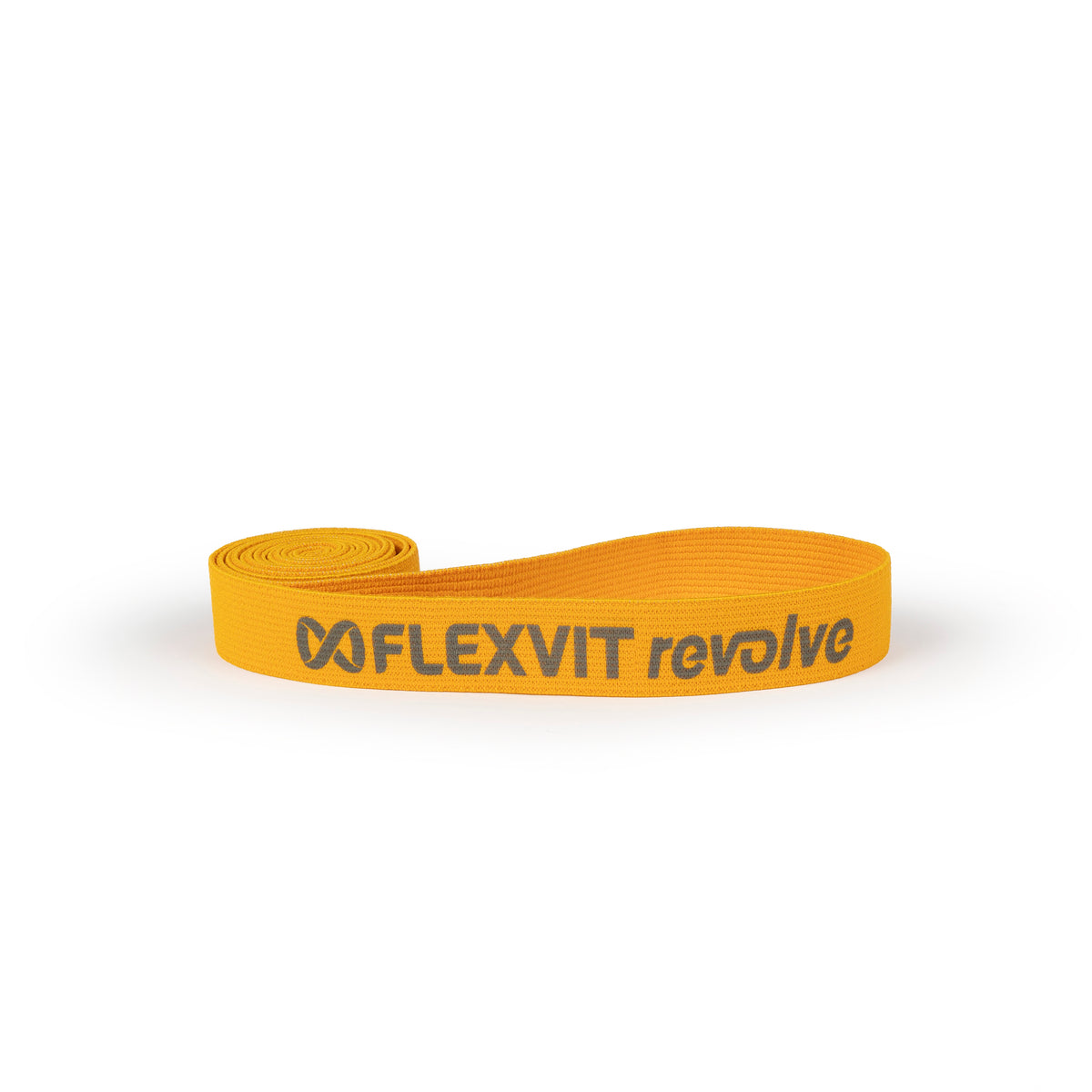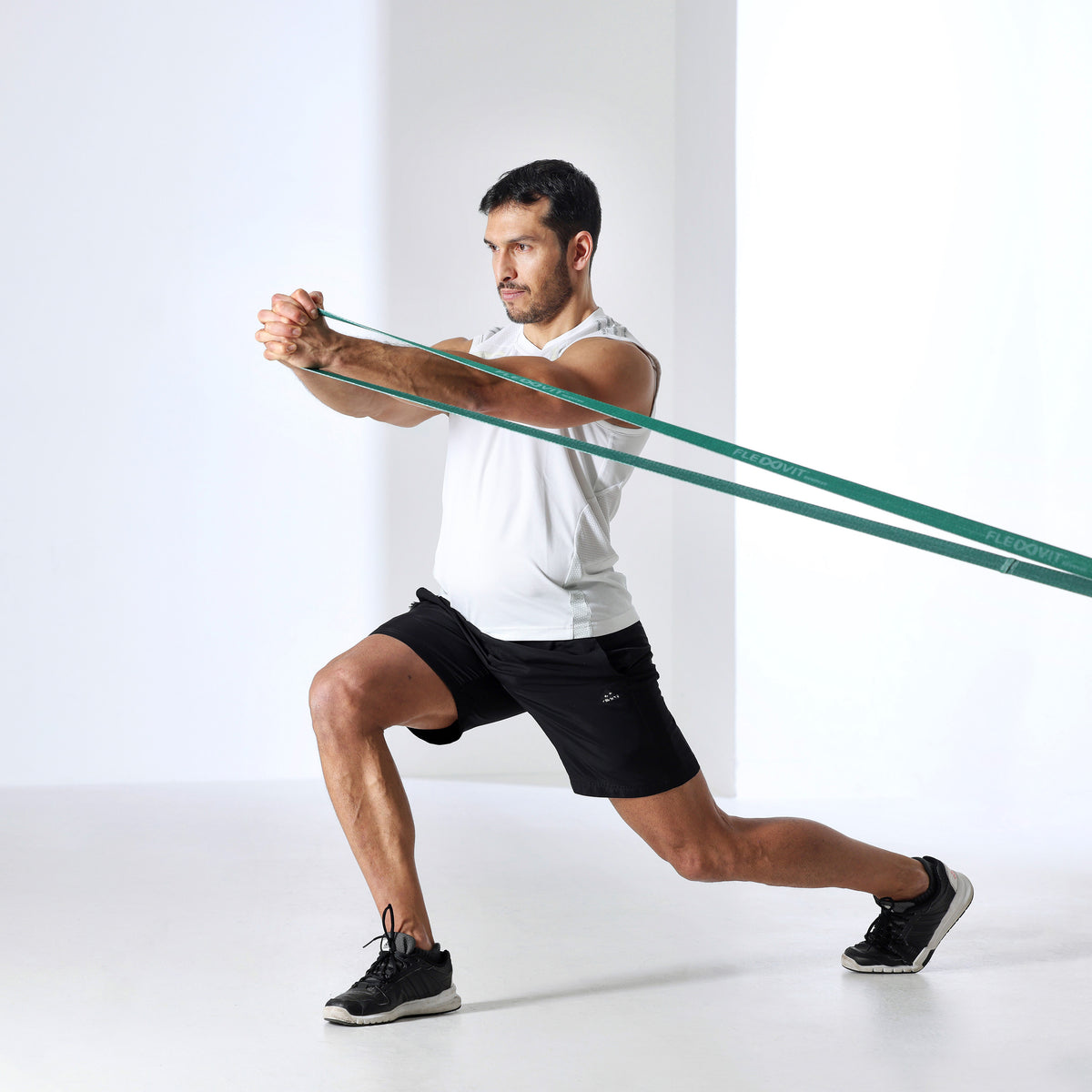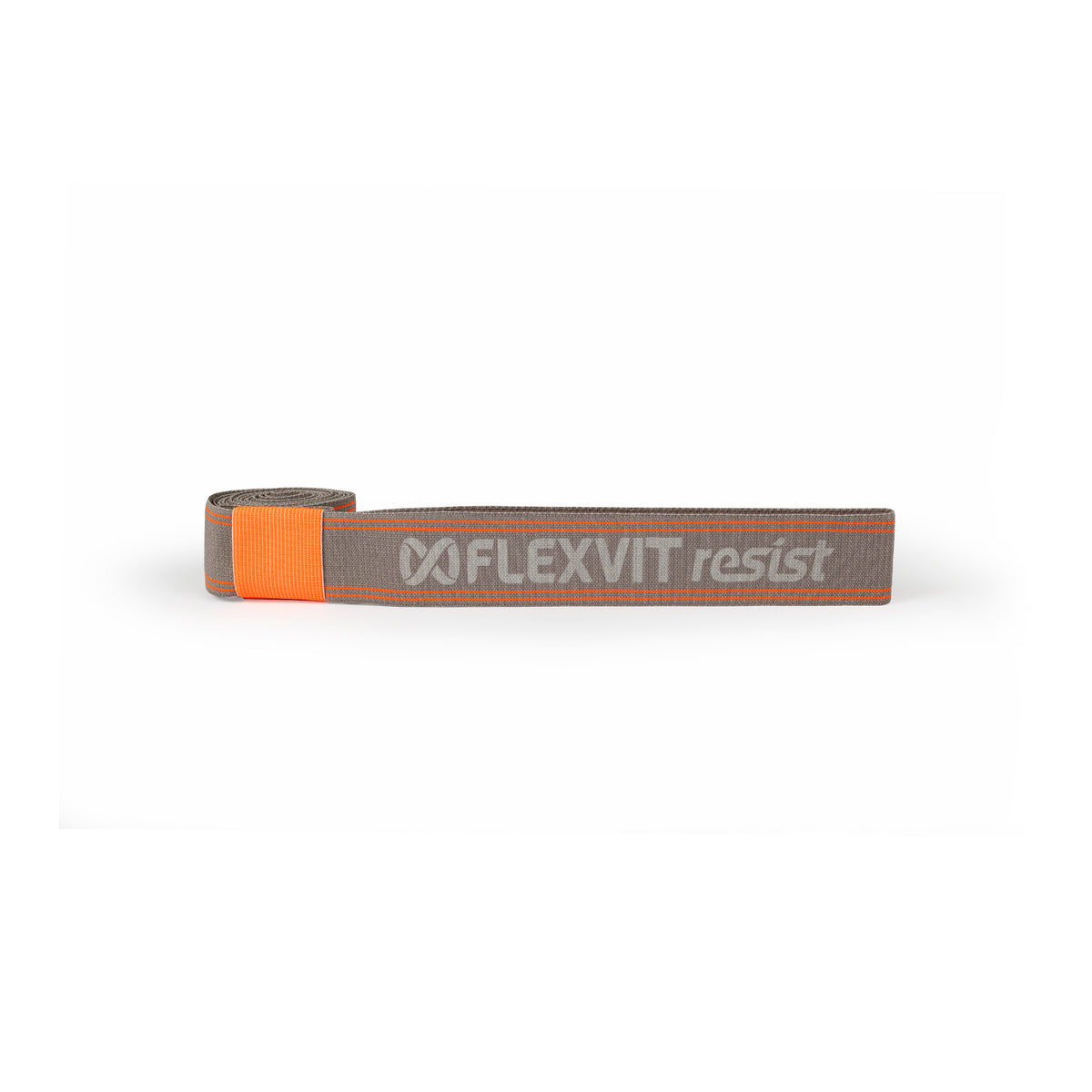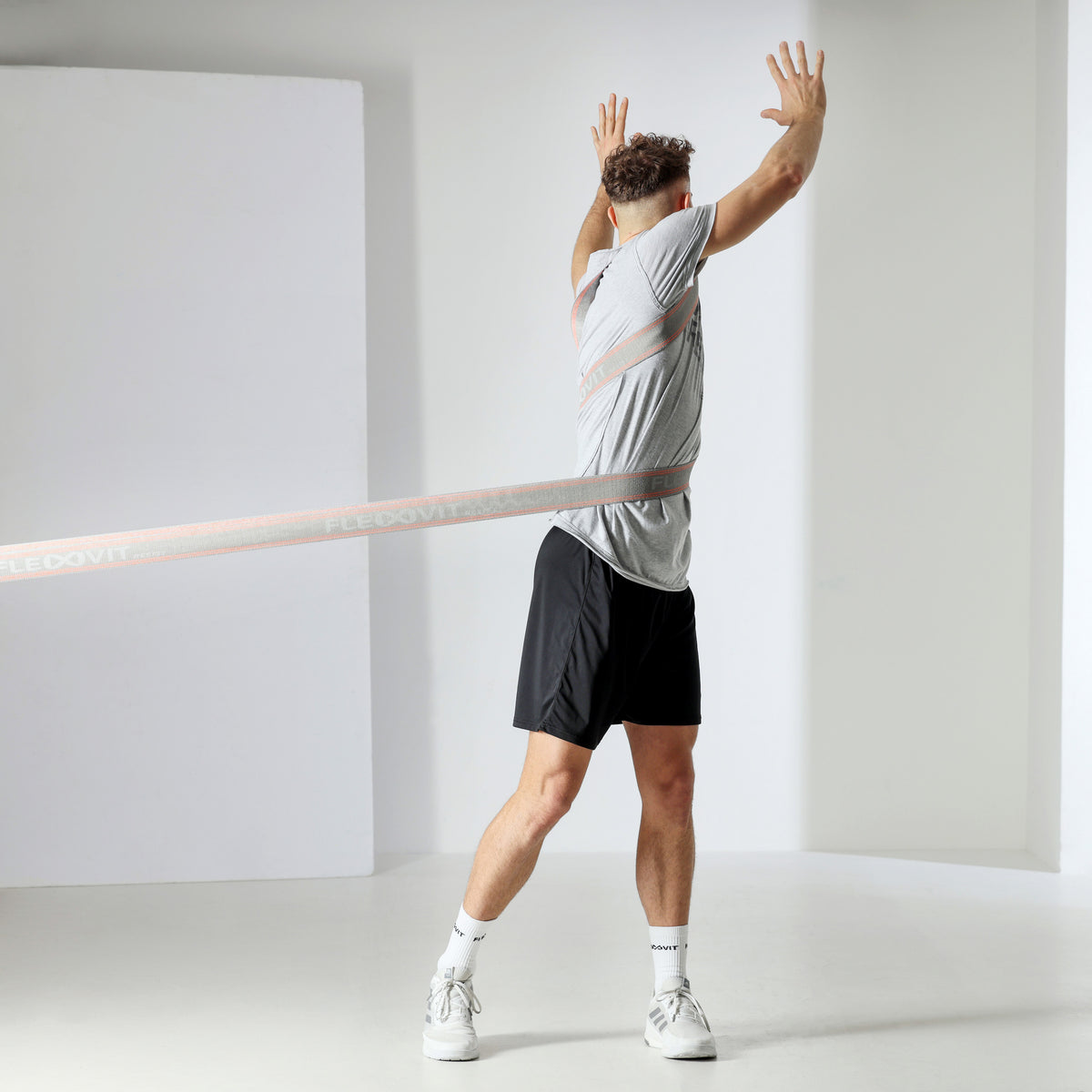We'll explain to you why functional training is important for bobsledders and bobsledding!
The human body is designed for movement, so it should be trained as an efficient unit of movement to increase strength, mobility and flexibility and maintain balance.
Instead of training individual muscles in isolation, the goal of functional training is to train entire movement sequences. During functional training, several muscle chains and joints are always trained together, which promotes the efficient interaction of the muscles. This makes movements faster, more skillful, more efficient, more powerful and more explosive.
Every sport has its own specific movement patterns - think of hitting movements in tennis, smashing balls in volleyball or quick changes of direction in football. In order to improve these movements, it is helpful to first analyze the movement sequences and divide them into individual components. 
Content overview:
- This is how the start influences the finish time in bobsleighing!
- The importance of explosiveness in bobsleighing
- Functional training for bobsleigh athletes with FLEXVIT training bands!
- The Friedrich bobsleigh team at the BMW IBSF World Cup
This is how the start influences the finish time when bobsledding!
While in football (goalkeeper - striker) or American football (defensive back - quarterback) we first have to distinguish between the different roles in the team in order to determine the exact movement requirements, in bobsleigh all two or four bobsledders have at least one thing in common: pushing.
Of course, there are many factors for a good finish time, especially the pilot, but also, for example, the sled, the condition of the ice track or the position of the bobsleigh athletes (which influences aerodynamics). 
With our training bands from FLEXVIT we show you how you can implement functional training in bobsleighing and bobsleigh sports.
A good start is still an extremely important factor for a successful race in bobsleigh. Finally, the start is the only time during the race where an acceleration force other than gravity acts on the sleds.
A race usually lasts less than a minute. In order to be able to reach the highest possible speeds during the entire run in this short time, the entry speed into the track achieved by pushing must be as high as possible.
With our fitness bands from FLEXVIT you can do functional training in bobsleigh and implement it ideally for bobsledders!
Explosive start and body control for bobsledders!
In order to get the sled, which weighs between 170 and 210 kg, in motion, the bobsleigh athletes first have to overcome the static friction in the fifteen meter long, so-called “push off zone”. The pushers lean their entire mass into the sled and accelerate by pushing themselves off the ground using the spikes on their shoes.
In order to develop a lot of strength, the back leg muscles as well as the hip and buttocks muscles are particularly required. This force must then be transferred into horizontal acceleration via a stable middle body, which requires strong core, back, shoulder and arm muscles.
The bobsleigh athletes have 50 meters to push. Although with resistance, the movement sequence is similar to that of a sprinter. The optimal foot position, high joint stiffness and stability as well as strong hip force development must come together to achieve maximum speed. 
Functional training in bobsleigh – the right and successful training for bobsledders
Functional training for bobsleigh athletes with FLEXVIT bands
So how does a bobsleigh athlete train for competition? The Friedl sports and physiotherapy team carried out functional training with resistance bands with pusher Martin Grothkopp from the Friedrich bobsleigh team, some of which we would like to present here.
Pillar Prep – a solid pillar
The training begins with “Pillar Prep”, which means activating and strengthening the muscles of the central body axis (“Pillar”). The column typically includes the shoulders, torso and hips, with the purpose of the exercises - which ideally cover all three planes of movement (frontal, sagittal and transverse) - being to prepare the body for more complex movements.
Movement Prep – prepare the movement
Exercises such as mini band walks are a great way to activate and strengthen the legs and glutes, which is why they are often incorporated into movement preparation. At the same time, specific movements should already be completed during Movement Prep. Martin Grothkopp, for example, is already working dynamically on the initial movements.
Movement Prep is also used to prepare for exercises. If a training session includes squats (with a heavy load), it makes sense to incorporate unloaded squats (with variations) into the movement preparation. The FLEXVIT Mini can help improve control and correct movement and/or activate specific muscles.
Functional Strength – high load and accuracy
While the Friedl sports and physiotherapy team initially uses FLEXVIT bands (mini and multi) for corrective exercises in preparation for squats, Martin Grothkopp ends up lifting heavy weights at the end of his training session.
Here, two FLEXVIT Resist are attached to a barbell to create an overload in the last third of the movement. The goal: increase strength specifically in this part of the movement.
Bobsleigh team Friedrich at the BMW IBSF World Cup
This year's Bobsleigh World Cup has begun. The Friedrich bobsleigh team, which won the two-man and four-man bobsleigh classifications in the last three World Cups, will be competing again this year to defend both titles. Next year there will be the Olympic Games in Beijing, where Francesco Friedrich and his team want to win again after the two gold medals from Pyeongchang 2018. In our FLEXVIT story, Francesco Friedrich and Martin Grothkopp talk about their sport, their goals and their everyday training with FLEXVIT bands.

